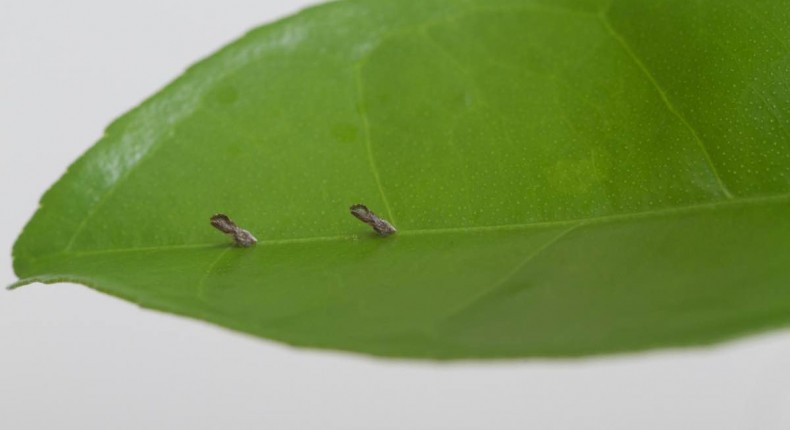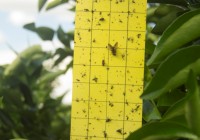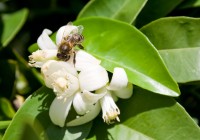14
jul

The annual assessment of the disease shows that, for the first time, the occurrence of HLB remained stable in São Paulo groves.
The occurrence of HLB, citrus greening, the main disease of the citrus industry, remained stable last year, according to the assessment made by the Fund for Citrus Plant Protection, Fundecritus, a research organization funded by citrus growers and the industry. Data shows that the disease is present in 16.92% of orange trees in the groves at the citrus park, which includes 349 cities in the states of São Paulo and Minas Gerais. The study doesn’t cover lime, mandarin and abandoned groves. It’s a similar number from last year, 17.89%, taking into consideration the research’s margin of error of plus or minus one percentage point.
It’s the first year that the disease shows it’s stable since the assessment’s started in 2008. The reason is the high rate of elimination of sick plants, not only from citrus growers managing HLB strictly but also because of groves closing, which shrank the citrus park last year.
According to Fundecitrus manager, Mr. Antonio Juliano Ayres, the majority of citrus grower have already incorporated HLB managing measures not only in their groves, but also outside their properties. “Regional management has shown efficiency in controlling the occurrence of the disease, with groups of producers working together to fight psyllids. Along with eliminating sick plants, this activity was decisive to reduce the growth of citrus greening”, he says.
The producers’ work to keep HLB under control in their groves and neighboring areas benefited from groves closing, most of them with high occurrence of the disease. According to the Production Forecast Research (PES), 21.3 thousand hectares of orange were rooted out between April 2015 and March 2016, of which 57% were groves over 10 years old. On the other hand, 9.5 thousand hectares of orange were grown in this period. “The old sick groves were rooted out because they were no longer productive with HLB, and at the same time seedlings were planted, which made the disease stay in the same level”, says the researcher Mr. Renato Beozzo Bassanezi.
The occurrence of HLB corresponds to 32.5 million sick trees in the countryside. From those, 51% show symptoms in more than one quarter of the top, which is already considered an advanced stage of the disease. “Even though the occurrence of HLB shows stability, the severity had a slight increase. Last year there was 15.4 million trees with severe symptoms, and currently there is 16.6 million”, says Mr. Ayres.
The disease’s behavior was also different depending on the region. It decreased in the south and north macroregions, it remained stable in the northwest and increased in the central and southwest areas.
The south macroregion, including Limeira, Porto Ferreira and Casa Branca, is still the most affected, with 32.34% of infected plants, however, it was the region with the largest drop in occurrence, with 10 percentage points less than last year, when 42.5% of plants with symptoms of the disease were identified in their groves. The macroregion had 5,304 hectares of citrus rooted out last year and, on the other hand, 4,429 new hectares of groves were planted.
At the north macroregion (Triângulo Mineiro, Bebedouro and Altinópolis), the disease fell from 6.81% to 5.74% of plants. Now at the northwest macroregion (Votuporanga and São José do Rio Preto), 2.29% of trees have symptoms. Last year was 2.23%.
The southwest macroregion (Avaré and Itapetininga) showed the highest increase of the disease, proportionally, jumping from 4.72% to 6.38%. At the central macroregion (Matão, Brotas and Duartina), the occurrence went from 23.57% of orange trees in 2015 to 26.97% in the 2016 assessment.
The entire result of the assessment was presented in a workshop attended by producers, researchers and representatives of all links in the production chain. During the event, the researchers responsible for the study explained the results and reinforced the need to have a proper management in order to control the disease.
For more data on the assessment can be found in Portuguese at: www.fundecitrus.com.br/cursos/palestras
- |

